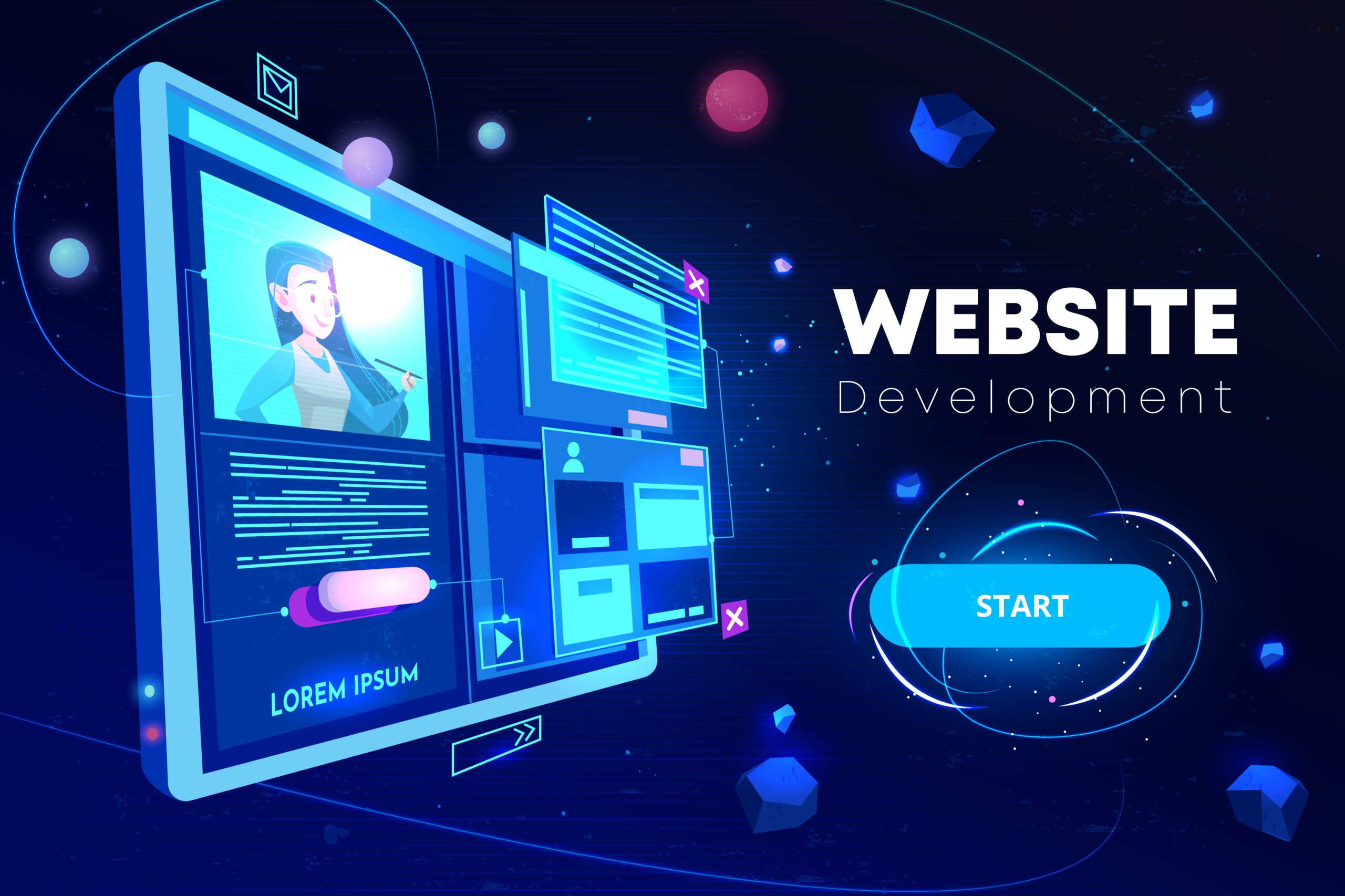In an increasingly digital world, having a website is not just an option but a necessity for businesses, professionals, and even hobbyists. The costs of building a website can vary widely, depending on several critical factors. On average, these costs can range from $300 to $5,000, with some advanced sites costing significantly more. Understanding these factors can help you plan and budget effectively for your website project.
Key Factors Influencing Website Costs
1. Website Type and Complexity
Personal Blogs: Often straightforward, personal blogs are designed for sharing personal stories, experiences, or showcasing creative works. They typically include features like comment sections and social media sharing but are generally low-cost due to their simplicity.
E-commerce Sites: These are complex sites designed to sell products or services online. They require features like shopping carts, secure payment gateways, product databases, inventory management, and sometimes customer accounts. These sites often include SEO optimization and digital marketing integration, making them more expensive to develop and maintain.
Portfolio Sites: Ideal for showcasing creative or professional work, portfolio sites often feature high-quality visuals, professional design, and straightforward navigation. They may include galleries, client testimonials, and downloadable content.
Corporate Sites: These sites provide comprehensive information about a company, including its mission, services, products, and contact details. They often include advanced features like integrated customer service (e.g., chatbots), detailed service pages, and blogs. They require a professional design to convey brand identity and credibility.
News and Magazine Sites: These sites need robust content management systems (CMS) to handle frequent updates, multimedia content, and user engagement features like commenting and social media integration. They also require efficient categorization and search functionalities.
2. Domain Costs
The domain name is your website’s address on the internet. Costs vary based on the domain extension (like .com, .net, .org), the popularity of the name, and additional services like domain privacy protection.
Popular Domain Providers:
Namecheap: Prices range from $0.98 for SHOP extensions to $998.98 for premium .inc domains.
GoDaddy: Offers promotional pricing, such as $0.01 for the first year with a .com domain under a multi-year contract.
Bluehost: Provides domain registration from $1.99 for .website domains to $27.99 for .co domains.
Squarespace: Offers domains ranging from $20 to $70 per year, providing a smooth setup process and design tools.
3. Hosting Costs
Hosting is where your website’s files live and are served to visitors. The hosting type affects performance, security, and scalability.
Types of Hosting:
Shared Hosting: Ideal for small sites, shared hosting costs between $2.50 and $5 per month. It’s affordable but offers limited resources and performance.
VPS Hosting: Provides a balance between cost and control, suitable for growing sites. Prices typically range from $20 to $100 per month.
Dedicated Hosting: Offers exclusive server access, ensuring optimal performance and security. Costs start at $100 per month and can exceed $500 for high-end options.
Cloud Hosting: Known for flexibility and scalability, with costs varying widely from $40 to $500+ per month, depending on resource needs.
Popular Hosting Providers:
Bluehost: Offers shared hosting from $2.95 per month and VPS plans up to $69.99 per month.
InMotion: Shared plans start at $2.29 per month, with dedicated hosting reaching $89.99 per month.
DreamHost: VPS plans start at $10 per month, with cloud hosting options at $4.50 per month.
4. Design and Development
Custom Design vs. Templates: Custom designs are tailored to specific needs and branding, offering unique user experiences but at a higher cost. Templates are more affordable and can be customized to some extent.
Responsive Design: Ensuring your website looks good on all devices (desktops, tablets, smartphones) is essential. Responsive design often incurs additional costs but is critical for user experience and SEO.
5. Content Creation and Management
Content Creation: This includes writing, photography, videography, and graphic design. Quality content is crucial for engaging visitors and ranking well on search engines. Professional content creators can charge anywhere from a few hundred to several thousand dollars, depending on the scope.
Content Management Systems (CMS): Platforms like WordPress, Joomla, and Drupal allow for easy content updates and management. Custom CMS solutions can be developed but may be more costly.
6. SEO and Digital Marketing
Search Engine Optimization (SEO): Critical for making your website discoverable, SEO involves keyword research, content optimization, backlink building, and more. Professional SEO services can significantly increase costs but are vital for driving traffic.
Digital Marketing: Includes social media marketing, email marketing, PPC advertising, and more. Integrating these into your website and managing campaigns can add to the budget.
7. Functionality and Features
E-commerce Features: Shopping cart integration, payment gateways, inventory management, and product search functionalities.
User Accounts and Memberships: Features for user registration, login, and personalized content delivery.
Interactive Elements: Forms, quizzes, live chats, forums, and more can enhance user engagement but may increase development costs.
8. Security
SSL Certificates: Essential for securing data transmitted between users and your website. Costs can range from free (basic SSL) to several hundred dollars per year for premium certificates.
Security Measures: Implementing firewalls, malware scanning, and other security protocols is crucial for protecting your website and user data.
9. Maintenance and Updates
Ongoing Maintenance: Websites require regular updates to software, plugins, and security measures. Maintenance packages can range from minimal (occasional updates) to comprehensive (including content updates, security monitoring, and more).
Scalability: As your website grows, it may require more server resources, additional features, and other updates, impacting ongoing costs.
Conclusion
Building a website in 2024 involves numerous factors, each contributing to the overall cost. The type and complexity of the site, domain and hosting choices, design and content needs, SEO, security measures, and ongoing maintenance all play significant roles in determining the final budget. Whether you’re a small business owner, a creative professional, or a corporate entity, investing in a high-quality website is essential for establishing an online presence, attracting and engaging users, and achieving your digital goals. Careful planning and understanding these factors will help you create a website that meets your needs and fits your budget.




